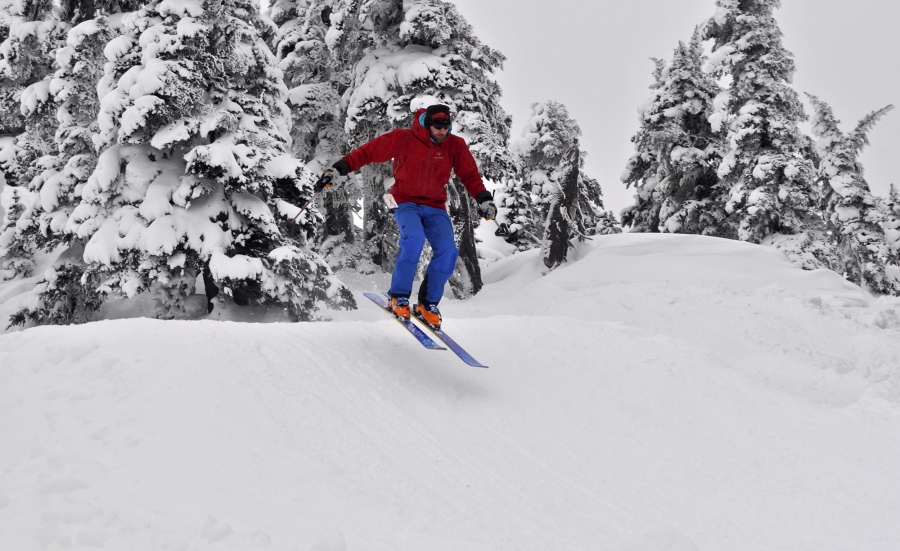OLYMPIC NATIONAL PARK (AP) — Greg Halberg remembers when you could enjoy the snowy hills and meadows of Hurricane Ridge on a whim.
Just grab your skis and go.
Nowadays, a trip to the Olympic Mountains’ premier winter playground requires meticulous consultations with Olympic National Park’s ever-changing schedules, rules and fees, the Kitsap Sun reported.
“And then when you drive all the way out, it might be closed or opening a lot later, or the parking lot’s full, or you need chains and you didn’t bring them,” said Halberg, who leads the Hurricane Ridge Winter Access Coalition. “If there’s all these hassles you might try again once or twice, but next time you’re going to Crystal.”
Or Stevens Pass or Mt. Baker or any of the larger and more dependable ski and snowboard destinations on the other side of Puget Sound.



